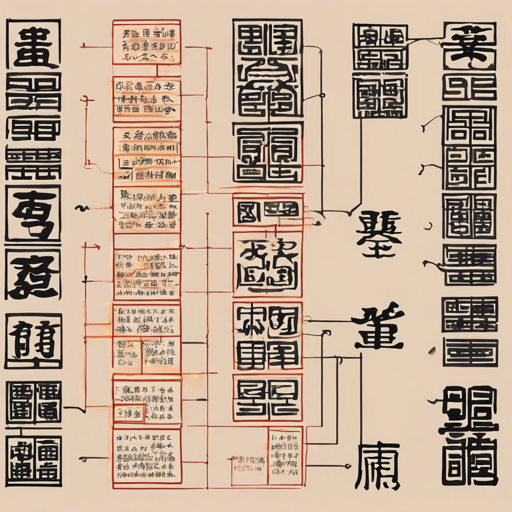Welcome to our guide on utilizing the RoBERTa model for segmenting sentences in Classical Chinese texts! This powerful model can enhance your understanding and processing of ancient Chinese literature.
What is the RoBERTa Model for Classical Chinese?
The RoBERTa model you’re about to learn about is pre-trained on Classical Chinese texts, making it adept at segmenting sentences accurately. It uses tagging: every segmented sentence starts with a token-class B and ends with a token-class E, ensuring clarity. For single-character sentences, the model determines token-class S.
How to Use the Model
Let’s dive into the steps for using the RoBERTa model for sentence segmentation.
Step 1: Install Necessary Libraries
Ensure you have the transformers library installed. If you don’t, you can install it via pip:
pip install transformersStep 2: Import Libraries
In your Python script or interpreter, start by importing the essential libraries:
import torch
from transformers import AutoTokenizer, AutoModelForTokenClassificationStep 3: Load the Model and Tokenizer
Now, load the tokenizer and model:
tokenizer = AutoTokenizer.from_pretrained('KoichiYasuokaroberta-classical-chinese-large-sentence-segmentation')
model = AutoModelForTokenClassification.from_pretrained('KoichiYasuokaroberta-classical-chinese-large-sentence-segmentation')Step 4: Prepare Your Input
Assign your Classical Chinese text to a variable:
s = "Insert your Classical Chinese text here!"Step 5: Perform Sentence Segmentation
Use the model to perform sentence segmentation:
p = [model.config.id2label[q] for q in torch.argmax(model(tokenizer.encode(s, return_tensors='pt'))['logits'], dim=2)[0].tolist()[1:-1]]
print(''.join(c + (' ' if q == 'E' or q == 'S' else '') for c, q in zip(s, p)))Understanding the Code: An Analogy
Imagine you’re a librarian in a vast ancient library, where each shelf represents a section of Classical Chinese literature. Your job is to organize the books into sentences (or text snippets).
- Your tokenizer is like a magical spell book that helps you understand how to break down the flow of text and decipher which parts belong together.
- The model acts like a wise advisor that guides you in separating the sentences correctly, ensuring each begins and ends precisely as intended.
As you input your text into this enchanted system, it analyzes the entire flow and neatly organizes the text into segments, just as you would neatly arrange books on the right shelves!
Troubleshooting
If you encounter any issues while using the RoBERTa model, consider the following troubleshooting tips:
- Ensure all libraries are up-to-date. An outdated library might lead to compatibility problems.
- Check your text input for any formatting errors—make sure it is valid Classical Chinese!
- If the model gives unexpected results, test it with snippets of known sentence structures to validate its accuracy.
For more insights, updates, or to collaborate on AI development projects, stay connected with fxis.ai.
At fxis.ai, we believe that such advancements are crucial for the future of AI, as they enable more comprehensive and effective solutions. Our team is continually exploring new methodologies to push the envelope in artificial intelligence, ensuring that our clients benefit from the latest technological innovations.

